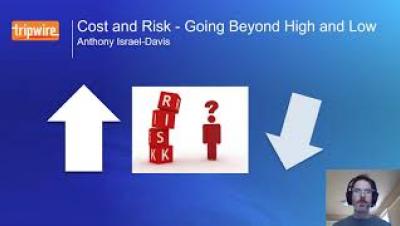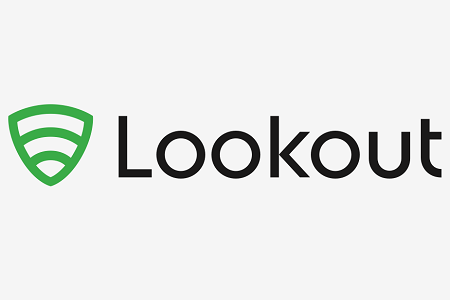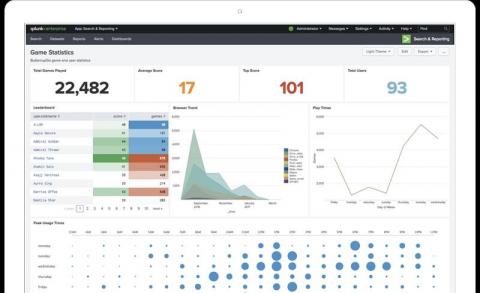Write Code That Protects Sensitive User Data
Sensitive data exposure is currently at number 3 in the OWASP Top 10 list of the most critical application security risks. In this blog post, we will describe common scenarios of incorrect sensitive data handling and suggest ways to protect sensitive data. We will illustrate our suggestions with code samples in C# that can be used in ASP.NET Core applications. OWASP lists passwords, credit card numbers, health records, personal information and business secrets as sensitive data.










